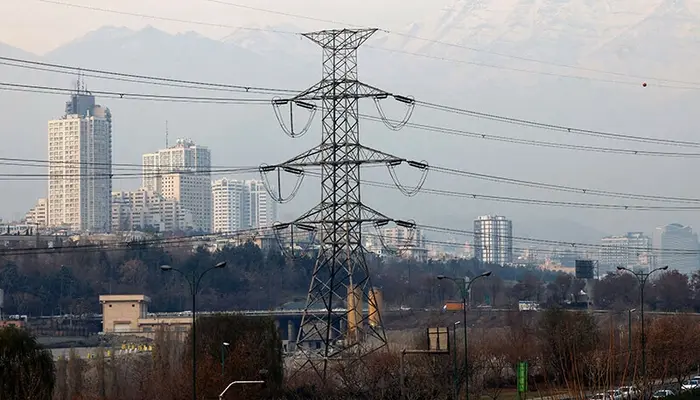
Iran is grappling with an energy crisis as fuel shortages force the shutdown of multiple power plants across the country. This issue, intensified by plummeting temperatures, has disrupted daily life, leading to widespread power cuts, school closures, and electricity rationing. The fuel crisis highlights Iran’s growing struggle to balance energy demands despite being an energy giant with vast natural gas reserves.
Power Plants Halt Operations
Several provinces, including Lorestan and Golestan, have been forced to take drastic measures to conserve energy. On Monday, authorities in Lorestan partially shut down a gas-powered plant due to increased household gas consumption. Similarly, Golestan province suspended power plant operations on Sunday, implementing electricity rationing to address the soaring energy demand.
The energy shortages have extended to Tehran and other provinces, where residents are experiencing rolling blackouts. With sub-zero temperatures gripping the nation, the government has closed schools and government offices in more than 20 provinces, including West Azerbaijan, Isfahan, and the capital, Tehran.
President’s Apology and Promises
President Masoud Pezeshkian acknowledged the severity of the crisis, apologizing to the nation on Monday for the widespread shortages. He assured citizens that measures are being taken to address the issue and promised that the situation would improve by next year.
Authorities are urging citizens to reduce fuel consumption to mitigate the strain on the energy system. The Iranian state news agency, IRNA, reported that recent restrictive measures saved two million cubic meters of gas and 100 megawatts of electricity within just 24 hours.
Impact of Freezing Weather
The harsh winter has pushed energy demand to unprecedented levels, exacerbating the fuel shortages. Sub-zero temperatures continue to dominate across Iran, disrupting routine life and placing additional pressure on energy infrastructure. The closure of schools and government offices has been a temporary solution, but the crisis remains far from resolved.
Challenges for an Energy-Rich Nation
Despite holding one of the world’s largest natural gas reserves, Iran faces significant challenges in meeting its energy demands. Outdated infrastructure, economic sanctions, and rising domestic consumption have created a fragile energy supply system.
The government’s efforts to ration electricity and gas have provided some relief, but these measures are temporary fixes. Structural reforms and investment in energy infrastructure will be critical to addressing the underlying issues and ensuring long-term stability.
Way Forward
As the energy crisis deepens, Iran must prioritize reducing reliance on outdated energy systems and improving efficiency. Investing in alternative energy sources and modernizing infrastructure will be essential to avoid future disruptions. Meanwhile, the government’s call for fuel conservation and its promises of reform reflect an acknowledgment of the growing urgency to address this critical issue.
The current crisis serves as a reminder of the importance of sustainable energy policies, even for energy-rich nations like Iran. The government’s ability to deliver on its promises will shape the future of the country’s energy security and resilience.
Follow us on Google News, Instagram, YouTube, Facebook,Whats App, and TikTok for latest updates











